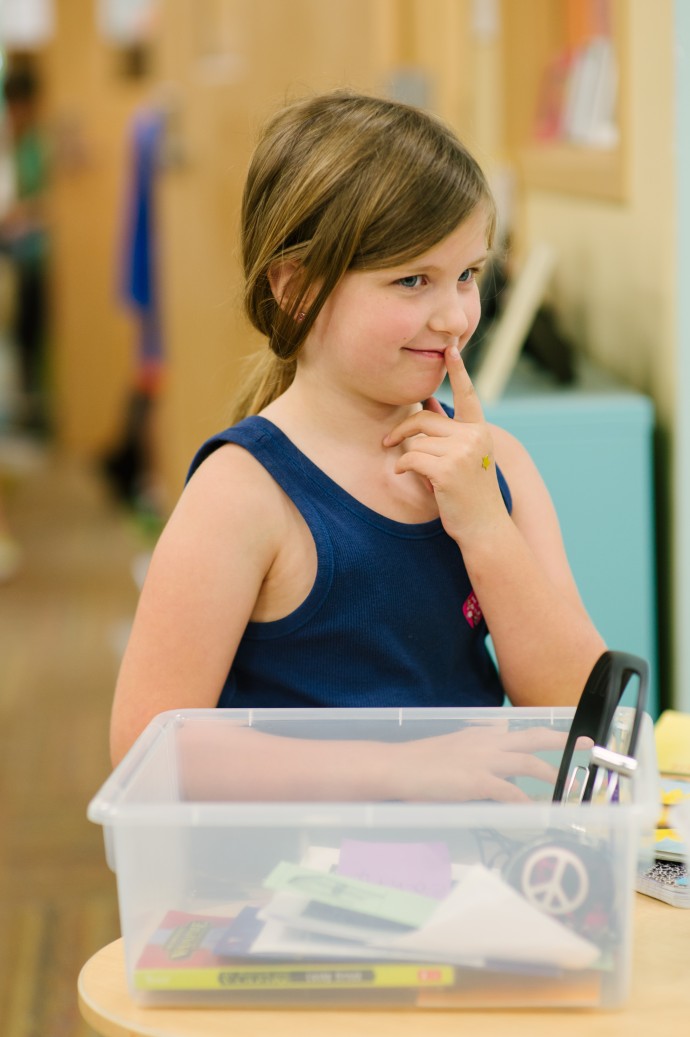At the start of each school year, I used to have my students complete a quiz called, “What Kind of Smart Are You?” The students tallied their answers in each of eight categories to determine their own type of intelligence:
- Nature smart (naturalist)
- Music smart (musical-rhythmic)
- Number/reasoning smart (logical-mathematical)
- People smart (interpersonal)
- Body smart (kinesthetic)
- Word smart (linguistic)
- Self-smart (intrapersonal/reflective)
- Picture smart (visual/spatial)
The quiz was based on Howard Gardner’s research on multiple intelligences. As a class, we discussed how knowing each other’s intelligence(s) could help us better understand each other and work together. Like many teachers, I tried to tailor my lessons to the intelligences in my classroom, because I heard that it was important to teach to my students’ learning styles.
Imagine my confusion when, the other day, I googled “Gardner learning styles” and came to the headline: “Howard Gardner: ‘Multiple intelligences’ are not ‘learning styles.’” I am late to the discussion-that particular article is from 2013-but apparently the notion of “learning styles” has been largely disproven for a while now.

So what does current research say? Teaching strong visual learners with charts and strong kinesthetic learners with hands-on activities is problematic for several reasons:
- Teaching to a student’s strength is not as effective as working with him on his weaknesses. (For more on this, see “Myth 18: Students Learn Best When Teaching Styles Are Matched to Their Learning Styles” in 50 Great Myths of Popular Psychology.)
- Students need support challenging their weaknesses, rather than assistance avoiding them.
- Students have learning preferences, but they are not always right about what actually works best for them.
Even knowing that the theory of teaching to specific “learning styles” has been debunked, I floundered for a bit when I came across this quote:
“Sometimes people speak about a ‘visual’ learner or an ‘auditory’ learner. The implication is that some people learn through their eyes, others through their ears. This notion is incoherent.”
For a moment, I thought, “Does this mean that no one is a visual learner?” Further research took me to the exact opposite conclusion. Practically everyone is a visual learner.
From infancy on, children study the objects and people around them. They work on visual-kinesthetic integration (hand/eye/body coordination). They learn language by listening to the people close to them. And they produce language when communicating with the adults who talk with them and read them stories. Fun fact: Children learn as many as 13,000 words by the time they are six, long before they are competent readers.

Around ages 5-7, children begin applying what they’ve learned at home to formal learning at school. Once children are basically fluent readers, they begin to learn not only from what they see and hear, but also from what they read.
The most amazing thing I discovered is that even people who are blind can be visual learners.
So, was I wrong to incorporate a range of learning styles into my lessons? Actually, it was the right thing to do, but for a different reason. All students learn better when the information is presented in a variety of ways.
Tell me, all you visual learners, what are you thinking now that you’ve seen all this?
